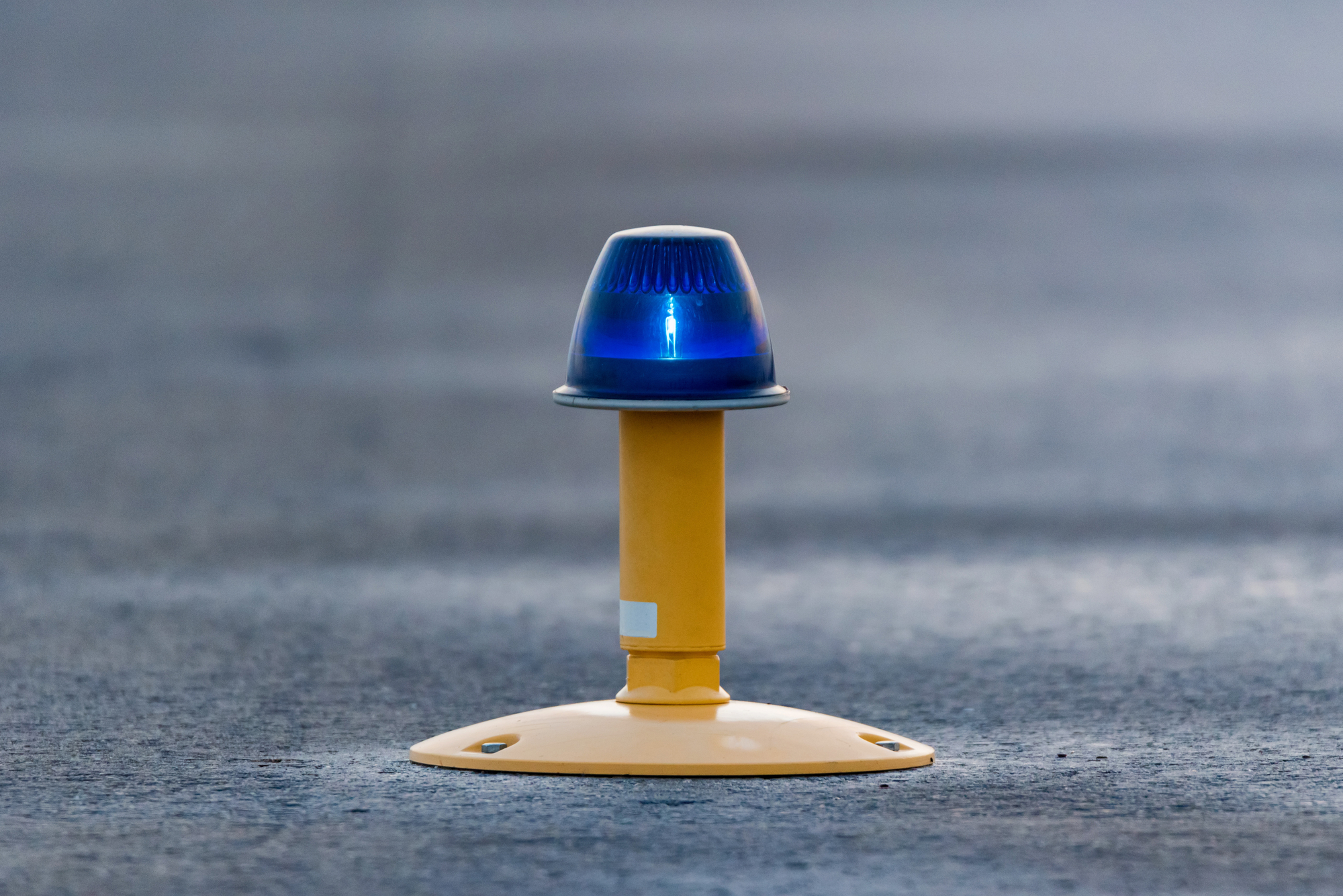Ground aviation lighting is an essential component of airport infrastructure, providing pilots with visual cues to navigate safely during takeoff, landing, and taxiing. The development of ground lighting technology has been shaped by a variety of factors, including advancements in aviation technology, changes in airport design and layout, and improvements in lighting technology itself. In this article, we will explore the history of ground aviation lighting, examining how it has evolved to meet the needs of modern aviation.
Early Days of Aviation Lighting
The earliest aviation lighting systems were simple and consisted of basic navigation lights, such as green and red lights on aircraft wings to indicate direction. As aviation technology advanced, the need for better ground lighting systems became apparent. In the 1920s and 1930s, airports began experimenting with a variety of lighting systems, including floodlights, beacons, and illuminated airfield markings.
During World War II, ground lighting technology made significant strides due to the increased demand for night operations. The military developed a variety of new lighting systems, including runway edge lights, taxiway lights, and approach lighting systems. After the war, many of these technologies were adapted for civilian use, leading to further improvements in airport lighting systems.
The Emergence of Standards
As the aviation industry grew, the need for standardization in ground lighting systems became apparent. In the 1950s, the International Civil Aviation Organization (ICAO) established guidelines for airport lighting systems, which included the design and placement of runway edge lights, approach lighting systems, and taxiway lighting. These guidelines were updated over time, incorporating new technologies as they became available.
The Rise of LED Lighting
The development of Light Emitting Diode (LED) technology in the 1990s revolutionized ground aviation lighting. LED lights offered several advantages over traditional incandescent lights, including greater energy efficiency, longer lifespan, and better visibility. LED lights also allowed for more precise control over lighting intensity and color, enabling airports to create more sophisticated lighting systems.
Modern Ground Aviation Lighting Systems
Today, ground aviation lighting systems are highly advanced and incorporate a variety of technologies, including LED lights, computer-controlled lighting systems, and advanced sensors. These systems are designed to meet the needs of modern aviation, which includes larger and more complex aircraft, higher volumes of air traffic, and greater demands for safety and efficiency.
Conclusion
The history of ground aviation lighting is a story of innovation and adaptation, driven by the needs of the aviation industry. From the earliest navigation lights to the advanced LED lighting systems of today, ground lighting has evolved to meet the demands of modern aviation. As technology continues to advance, we can expect further improvements in airport lighting systems, ensuring that aviation remains safe, efficient, and reliable.


